
Never more prevalent than today “What You Don’t See Can Hurt You” The first of two posts consists of 7 topics that deal with the problems of chemical additives and preservatives. Also the food items most often purchased where these substances are most abundant in. The correlating second post will list certain mainstream chemical additives describing their function and the food sources they are most commonly found in.
Throughout history man has looked for a way to prevent food from spoiling. Early civilizations discovered that salt would dehydrate meat and fish to extend its availability for leaner times when it wasn’t as easily accessed. Meat and fish were also put in a type of brine solution and kept in barrels. This process is still done today with minor variations.
Too much salt in the diets of people in the not so distant past, caused boils on the skin. Just a way in which the body tries to eliminate excess. I have also seen many skin boils erupt on a body from eating something really healthy that was high in antioxidants. Wild blueberries were picked and eaten often over a two week period. It was a 15 year old girl who had been eating poorly from lack of family finances and the body reacting by cleansing itself. This persons diet was lacking in many fresh vegetables and fruits and mainly consisted of white flour, sugar, canned goods, white potatoes and ground beef. Take notice that there were not the typical chemical laden soft drinks and candy because the funds were not available for such items.
Once the chemical craze took hold in the early 1950s the food industry has never looked back. Food manufacturers began adding substances that emulsified, stabilized, thickening agents, dyes, conditioners, tenderizers, fungicides, preservatives and flavorings to their products to extend shelf life and alter the products consistency. The following is a brief look at the food industries rational for these practices.
1. Extend Products Shelf life and Storage
Problems with maintaining quality for distribution of food initiated the induction of chemical additives. Manufactures recognized the problem of getting a wider variety of food items to the further outreached areas of civilizations. In doing so people are sacrificing flavor and nutritional quality for more selection. From a companies perspective the longer transit times would create spoilage and greatly reduce company’s profits. Likewise, the storage of food would be shortened, affecting the level of profit.
2. Food is Harvested Too Early
The problem is not just the addition of hundreds of chemicals added to the food but the point in time when produce is being harvested. When food isn’t matured on the vine or in the tree, the produce has not reached maturity and therefore has not achieved its nutritional potential. And sometimes this fact alone produces unwanted substances. For example, if you live in the Northern Hemisphere of North America you are never eating a tree ripened orange. Oranges are picked green and chemically sprayed before making their journey north. These oranges have a green citric acid which is not a good acid in the body. It stirs up acids and the goal of the body is to eliminate acids as best as possible. The flavor is also greatly diminished. Most people are aware of the difference when buying local produce in season and how much better it tastes.
3. Food Availability
Populations in many countries worldwide shop more than once a week if not daily for fresh produce and groceries. The size of their refrigerator and freezer demonstrates this routine. Food isn’t hard to locate today. In fact it’s too easy. It’s everywhere. You no longer need to go to the market for fresh produce and then onto the meat or fish store. Now you can go the convenience store or even the drug store to buy essentials. We are now in an era where food has relocated to vending machines, gas stations and fast food establishments, promoting the escalation for chemicals to increase shelf life.
4. Fortified to Increase Nutritional Value
We see words like enriched and fortified with extra vitamin D and Calcium and sometimes a few other vitamins or minerals. The question becomes, “Is this loaf of bread better because it has these extra supplements added to it over the whole multiple grain loaf?” Many people still prefer the taste of white bread and think it is now a healthy choice, even though it is still white, because it has these extra additives. The flour is bleached and stripped of all nutrition and has now been endowed with a few synthetic vitamins or minerals. It is also lacking in fiber and becomes a sticky paste in the gut. Food that is void of nutrients and highly processed would naturally have a longer shelf life as opposed to unmodified whole food that has its nutritional elements in tact.
5. Flavor Enhancers
Manufactures are consistently coming up with new trends and marketing ideas to sway consumers in the direction of their product. One of the ways they accomplish this is with the addition of artificial and natural flavorings to give the consumer a better taste experience. Two of the most commons accompaniments are sugar and salt. Another is Maltol which is a derivative in the bark of larch trees, pine needles and chicory. It produces the wonderful order found in freshly baked goods. Corn syrup is another additive that has become problematic for many people with gastrointestinal complaints. It is subsided by the government and is very inexpensive. It is found in food everywhere to make food taste better. There are many other chemicals and tenderizers added to food to either make it look prettier or taste abnormally better.
6. Prepared Foods for Convenience
Convenience has reached epidemic proportions. People are sacrificing most, if not all of their nutritional value in food for the sake of time. And this lifestyle has become a justifiable habit for many. I wish the general public could stop and really consider what they were eating and feeding their families, especially when the consequences of excessive weight gain and poor health have resulted from years of adopting this way of eating.
Cereal choices that most children are drawn to are disastrous for their growing bodies and developing minds. There are healthier choices that would require 5 to 20 minutes cooking time depending on the grain of choice. For example delicious cereal grains like millet, quinoa, and rolled oats cook quickly whereas steel cut oatmeal and whole cut wheat and rye cereals require longer cooking times but are abundant in flavor.
Other common less healthy items include frozen dinners, canned food, processed foods, cake, muffin and cookie mixes and hot dogs. If you must buy these items that are preprepared in some form, chose the least chemical and preservative products you can find. And do yourself a favor, do not start feeding your children cereals that are 80 to 85 percent sugar with no nutritional value and they will not desire them. Sugar is highly addicting. Imagine the start to their day going to school with no support and expected to sit still and have the capacity to learn when all they’ve had is a sugar shot.
7. How Safe are Additives Termed as GRAS (Generally Recognized As Safe)
Foods are full of stabilizers, conditions, artificial colorings, dyes, and chemicals when taken in above average quantities could be toxic to the consumer. Up until 1958 companies were indiscriminately adding substances without testing. GRAS (Generally Recognized As Safe) came into existence from this time period onward and formulated a list that companies could use at their discretion. The concern raises questions as to whether on not some of these additives when applied too liberally, are safe. On a positive note, there are many natural items added to the list of GRAS safe on an ongoing basis such as plants and naturally sourced additives and chemicals as well. The below list was allotted to be exempt from the testing and labeled GRAS safe previous to and from 1958.
* Refer to Part Two Post:
Unsafe Food Additives (1 of 2)
Unsafe Food Additives (2 of 2)
What Products and Food Contain Aluminum
Agent Orange in Our Food – Really!
Latest Medications for Arthritis Inflammation Crohn’s Colitis
Copyright © 2016 – All Rights Reserved – Michelle Honda Ph.D.
Announcement
Look for my new forthcoming books “Reverse Heart Disease Naturally” (Jan.31, 2017) and “Reverse Inflammation Naturally” (May 31, 2017) and “Reverse Thyroid Diseases Naturally” (Fall 2017)
Disclaimer
While close attention was given to the accuracy of information in this article, the author accepts neither responsibility nor liability to any person with respect to injury, damage, loss or any circumstances involving alleged causes directly or indirectly related to the information in this article. The sole purpose is to educate and broaden ones awareness. This information is not meant to replace medical advice or services provided by a health care professional.





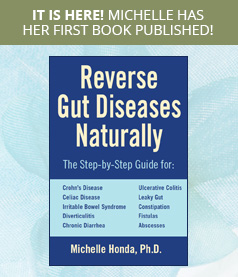

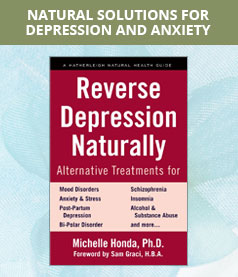
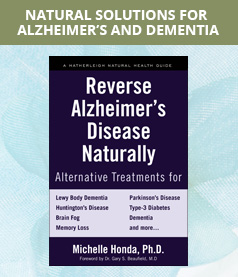
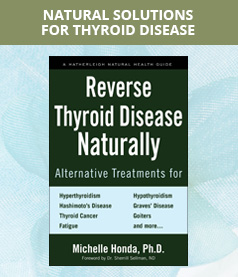

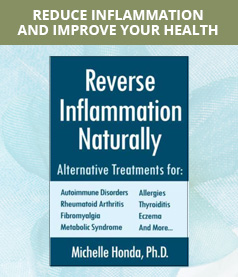
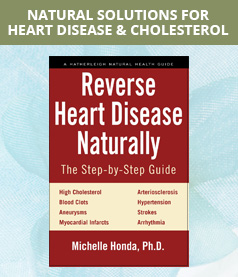
Follow Us!